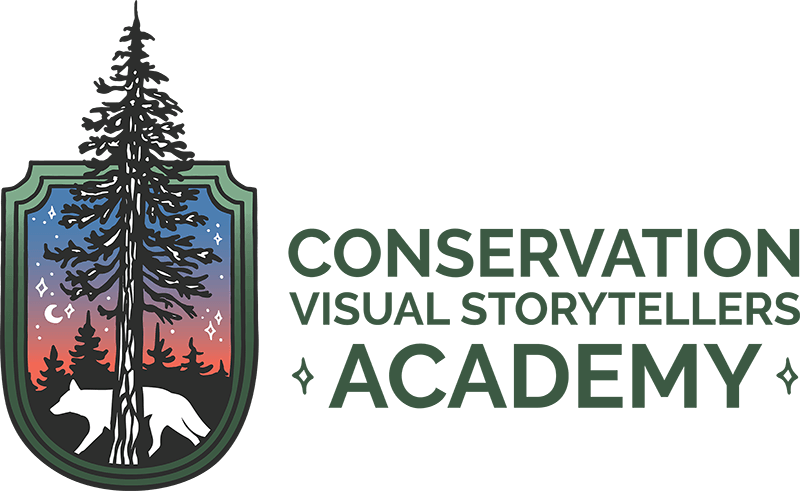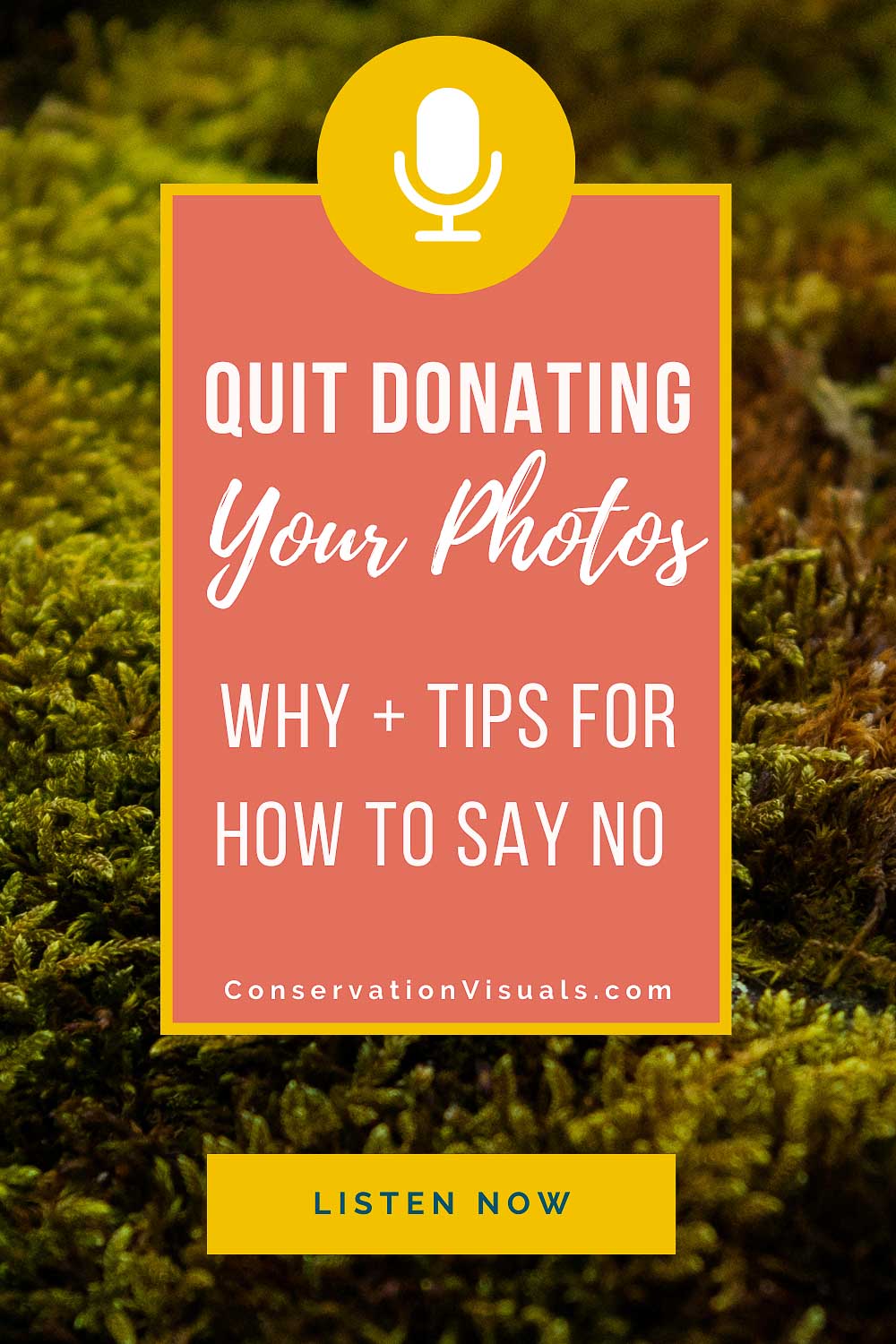Donating images. You might not suspect it, but this is actually an issue that can be genuinely problematic.
In this article, we’ll dive into why donating your images can be counterproductive to conservation efforts and even to the organizations you’re trying to help. I’ll also discuss when it makes sense to donate your images and how to determine fair pricing for your valuable work.
Why It’s Important to Think Carefully About Donating Your Images
1. The Real Costs of Photography
Creating conservation images isn’t cheap. It takes an enormous amount of time, resources, and expensive gear to get to locations and capture great photos. Whether you’re working near home or traveling far, there are significant costs involved. Even a weekend shoot can cost a couple of hundred dollars. Scale that up, and larger projects can run into tens of thousands of dollars.
Beyond the obvious costs like travel and gear, there are hidden expenses like the time spent editing images, maintaining your website, and marketing your work. These costs add up, and they are just as real as any other business expense.
2. Valuing Your Work
Your images have real value. They help inform and inspire people about conservation issues. By giving away your work for free, you’re undervaluing the significant effort and skill that goes into creating these images. This not only impacts your livelihood but also undermines the field of conservation photography as a whole.
3. Impact on the Profession
If photographers continually give away their work, it sets a precedent that conservation images should be free. This makes it difficult for full-time photographers to make a living and reduces the overall quality and diversity of conservation storytelling. Only those who can afford to volunteer their time will be able to participate, which narrows the perspectives represented in conservation photography.
4. Ethical Considerations
When only those who don’t need to worry about a paycheck can afford to work in conservation photography, it limits the diversity of voices and stories. This lack of diversity can lead to a narrow view of conservation issues and solutions. It’s essential to have varied perspectives to fully understand and address these complex problems.
When to Donate Your Images
While charging for your work is important, there are times when donating images can be beneficial.
1. Building Relationships
Donating images can help build relationships with organizations you care about. By focusing on one or two organizations, you can develop deep connections and produce better, more intimate work. This benefits both you and the organization.
2. Gaining Exposure and Experience
When you’re starting out, donating images can help you gain exposure and experience. Organizations might use your photos in various publications, giving you valuable bylines and building your reputation. Over time, this can lead to paid opportunities.
3. Supporting Important Work
Sometimes, supporting a cause you’re passionate about is reason enough to donate your images. If an organization genuinely cannot afford to pay, but you believe in their mission, donating your images can be a way to contribute to their work.
How to Determine Your Pricing
Use FotoQuote
Figuring out what to charge can be daunting, but there’s a great tool called FotoQuote that can help. It provides industry-standard rates for various types of image licenses. You can input specifics like print run size and geographic location, and it will give you a price range.
Calculate Your Day Rate
If you need to price an entire shoot, use a day rate calculator. This tool helps you determine a fair day rate based on your expenses and financial goals. It takes the guesswork out of pricing and ensures you’re charging appropriately for your time and expertise.
Responding to Requests for Free Images
When you get those emails asking for free images, it can be tricky to know how to respond. Here’s a strategy that works for me:
- Assume They’re Willing to Pay: Respond to the request with the assumption that the requester is open to paying. Ask for more details about the usage and provide a licensing fee.
- Thank but No Thanks: If they reply saying they can’t pay, send a polite but firm note declining the request.
- Consider Trades: If you believe in the organization and think an in-kind trade is worthwhile, negotiate something that benefits both of you.
Feel Strong About Your Worth
Never second guess your worth as a photographer. Whether you’re a professional or an enthusiastic amateur, your work has value. Asking to be paid for your images is fair and reasonable.
Conclusion
Charging for your images is crucial for sustaining the field of conservation photography and ensuring diverse and high-quality storytelling. Selectively donating your images can still be a valuable way to contribute, but it should be done thoughtfully and with clear boundaries.
Remember, your work is incredibly important. Whether you’re volunteering or charging for your images, you are making a significant impact on conservation. Keep valuing your work, and don’t hesitate to ask for what you deserve.
Thank you for dedicating your talents to conservation. Whether you’re a full-time professional or a passionate volunteer, you are invaluable. Keep up the fantastic work!











